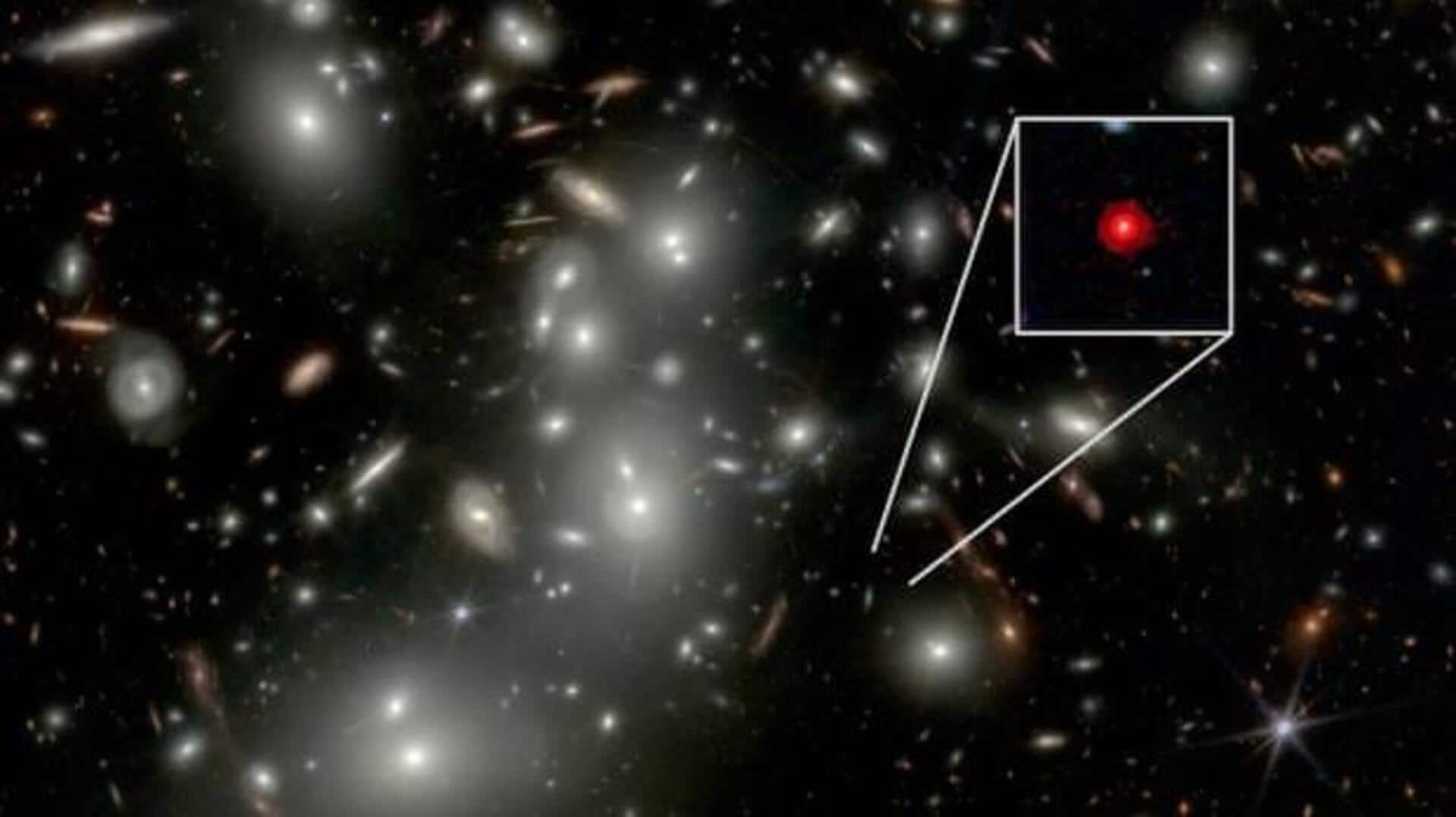
This black hole might have formed moments after Big Bang
What's the story
The James Webb Space Telescope (JWST) has spotted a black hole that may be a primordial black hole, possibly created in the first moments of the Big Bang. The discovery challenges current universe formation theories, which suggest stars and galaxies formed before black holes. The newly discovered black hole is massive but has only a thin layer of surrounding material, suggesting it may have formed without a galaxy around it.
Theoretical concept
What are primordial black holes?
Primordial black holes are thought to have formed in the universe's infancy, from dense and hot regions collapsing on themselves. These black holes were believed to be woven into the cosmic fabric early on, acting as gravitational pockets around which dust and gas clustered to form galaxies. The theory was proposed by Stephen Hawking in the 1970s but has lacked observational proof, though the recent observations provide indirect support for their existence.
Discovery
How did scientists find this ancient black hole?
The JWST's latest observations focused on a distant object called QSO1, which dates back over 13 billion years to when the universe was just 700 million years old. This compact and bright dot is one of several such objects identified by the JWST that are believed to be ancient supermassive black holes. Astronomers used the orbital speed of gas and dust around this "little red dot" to estimate its mass at 50 million solar masses.
Formation debate
A look at its surroundings
The glowing material around the black hole was found to be mostly hydrogen and helium, elements left over from the Big Bang. This pristine chemical composition suggests no significant star formation in its vicinity. Scientists speculate that this could either be due to a massive cloud of gas and dust collapsing directly into a black hole or through primordial black hole formation. The latter requires specific environmental conditions not evident in observations.